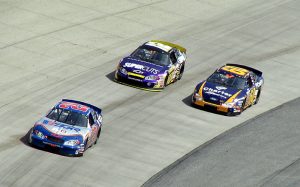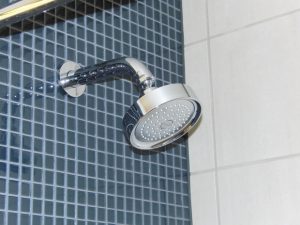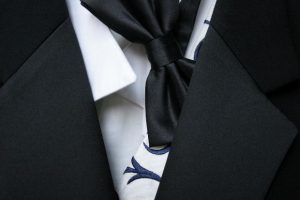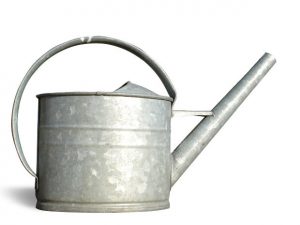The potential for falls and serious injuries on ladders is a very real one, as more than 20,000 people are injured and nearly 135 die annually in the U.S. due to ladder falls just in the workplace. Although construction workers are the most at risk for obvious reasons, they aren’t the only ones. Any homeowner – particularly those who prefer to do household maintenance themselves, may find themselves at risk of a fall.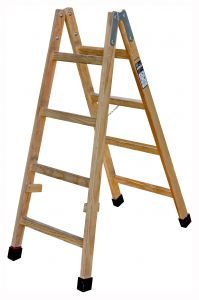
Whether these incidents can be grounds for an injury lawsuit, however, will depend on a variety of factors. For instance, if you were using a ladder on a property owned by another (say, a retailer), you might have grounds for a premises liability claim if you can show the ladder presented an unsafe condition and the property owner was aware of it or should have been aware of it and failed to warn you about it. If, however, you are injured by a ladder you are using at home, you may want to look into whether the ladder itself was defective. It certainly would not be the first time.
In fact, a jury in a federal court in Florida recently awarded nearly $5 million to a plaintiff who alleged injury as a result of a defective ladder. In the case of Ore v. Tricam Industries Inc. et al., a South Florida resident filed the personal injury lawsuit in the U.S. District Court for the Southern District of Florida. He alleged at least one of the rivets in the ladder manufactured and sold by defendants failed while in normal use. The holes were reportedly punched in the wrong place in the fiber glass. The ladder was never properly inspected before it was shipped to the hardware store for sale. The hardware store also failed to look it over before selling it. Continue reading ›
 Florida Injury Lawyer Blog
Florida Injury Lawyer Blog





